Exposure to ‘auntie’ mouse is therapeutic for fragile X mice
A setup that mimics early behavioral intervention reverses social and cognitive deficits seen in a mouse model of fragile X syndrome.
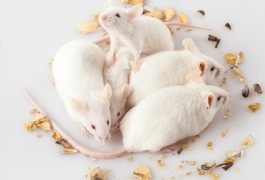
A setup that mimics early behavioral intervention reverses social and cognitive deficits seen in a mouse model of fragile X syndrome.
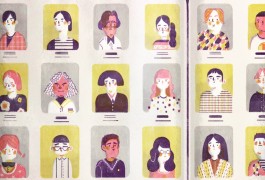
Each child with autism is different from the next. One approach rapidly gaining momentum makes sense of this diversity by grouping children together based on their genetics, then looking for patterns in their symptoms. The long-term aim: personalized treatments for each subtype of autism.
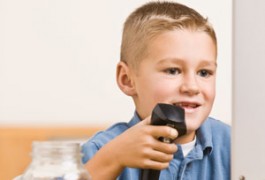
Children with autism tend to rely more on their bodies when learning new motor skills, while controls rely more on their eyes, suggests unpublished research presented Wednesday at the 2014 Society for Neuroscience annual meeting in Washington, D.C.
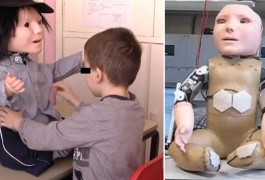
Robots that help children with autism become more socially engaged may also increase understanding of sensory processing in the disorder, suggests unpublished research presented today at the 2014 Society for Neuroscience annual meeting in Washington, D.C.
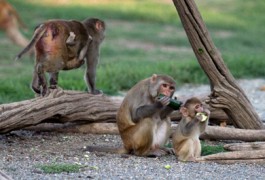
Monkeys living in natural groups show individual variations in social behavior that may help scientists understand autism and identify treatments for the disorder, according to unpublished studies presented at the 2014 Society for Neuroscience annual meeting in Washington, D.C.
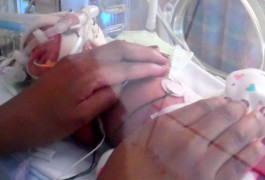
Soft touch and physical closeness to other people wire the social brain right from the earliest days after birth, and problems in the response to touch may play a fundamental role in autism. This picture emerges from unpublished results presented by several teams at the 2014 Society for Neuroscience annual meeting in Washington, D.C.
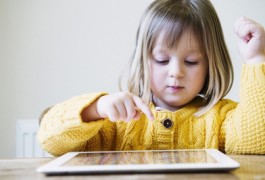
A touch-screen game based on popular cartoon characters may one day allow scientists to tailor treatments for children with autism, suggest unpublished results presented today at the 2014 Society for Neuroscience annual meeting in Washington, D.C.
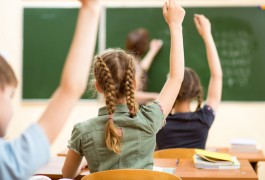
People with autism tend to be less efficient than controls at integrating what they hear with what they see, according to unpublished results presented today at the 2014 Society for Neuroscience annual meeting in Washington, D.C.
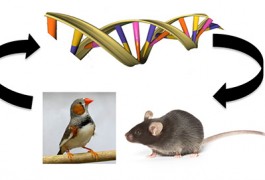
Birdsong is a valuable tool for studying language, and mice are the models of choice for genetic manipulation of behavior. Together, birds and mice can yield unparalleled insights into human language, suggests unpublished research presented yesterday at the 2014 Society for Neuroscience annual meeting in Washington, D.C.
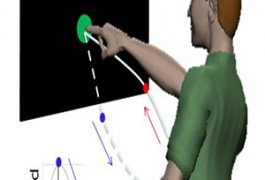
Children with autism and their parents share movement patterns imperceptible to the human eye, according to unpublished results presented today at the 2014 Society for Neuroscience annual meeting in Washington, D.C.